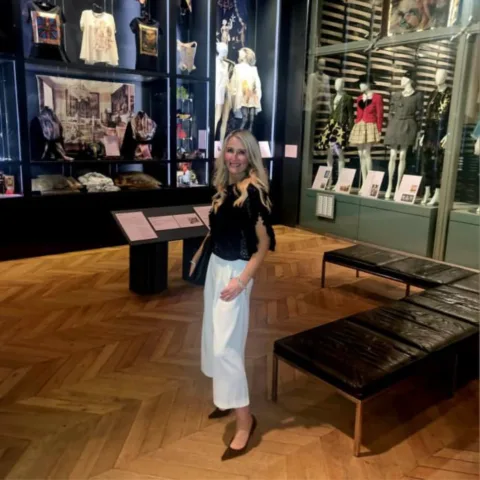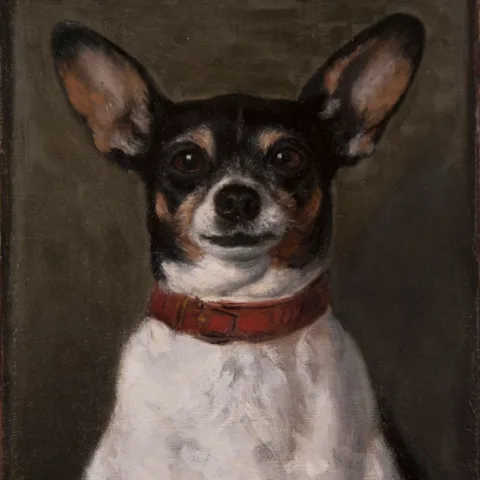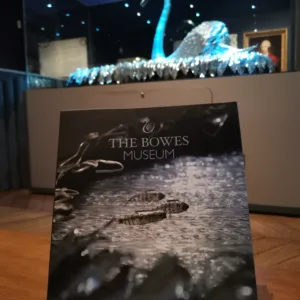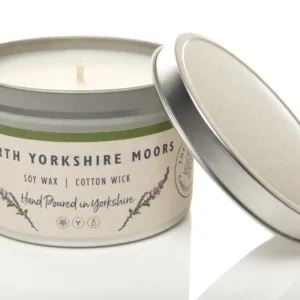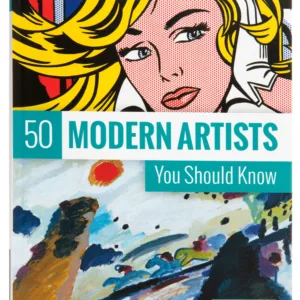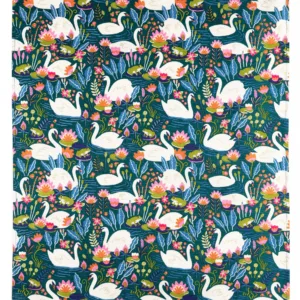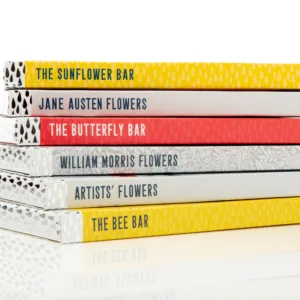The Bowes Museum Blog

What is colour?
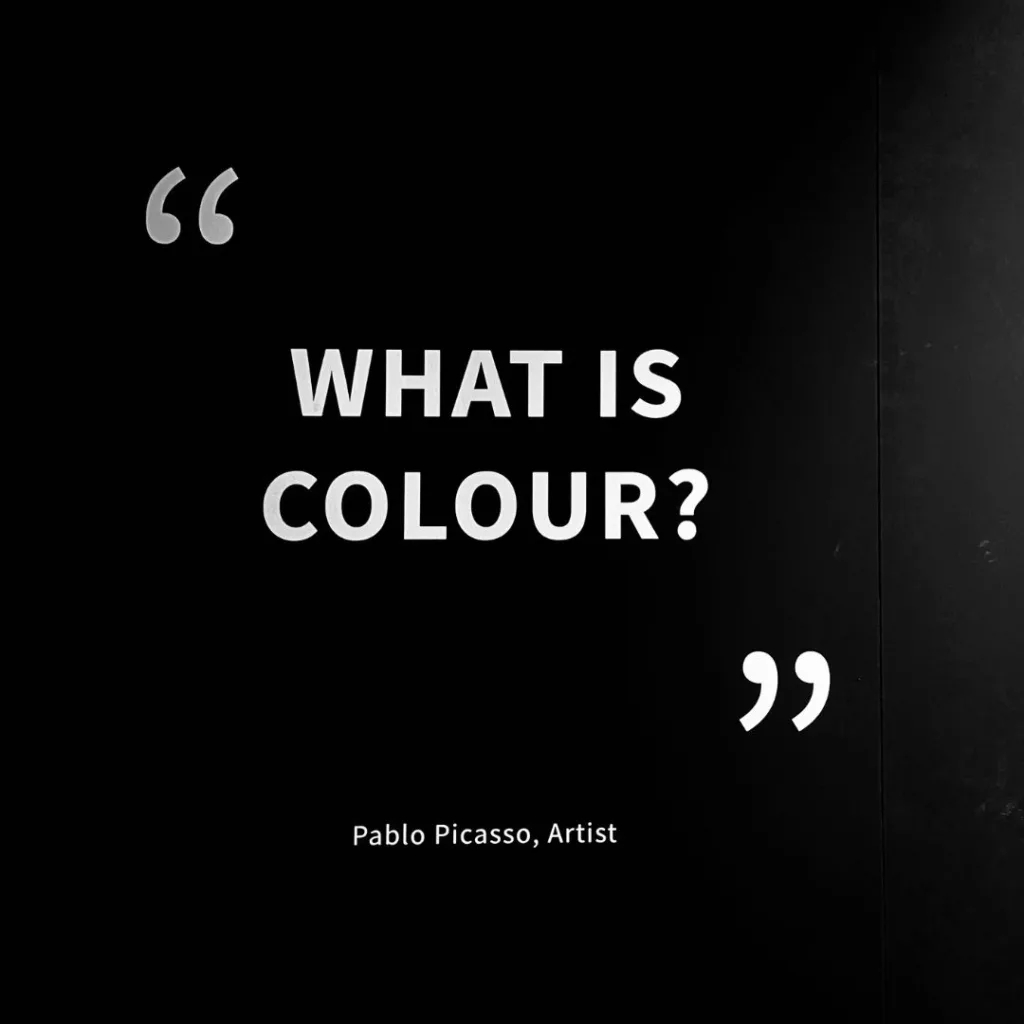
‘I want to know one thing. What is colour?’
Pablo Picasso
Asking ‘what colour?’ or ‘what’s your favourite colour?’ is a challenging question to answer. In my experience this frequently asked seemingly simple question never elicits an accurate response. Saying orange is your favourite colour doesn’t really mean anything because it’s a very vague answer. By example, a collection of 100 carrots do not share a uniform orange colour. The addition of a noun, for example slate blue or cherry red, still doesn’t give a clear indication of colour. All are too ambiguous and inconclusive.
For centuries artists and designers have studied colours their tints and tones. Edouard Manet said ‘there are no lines in nature only areas of colour, one against another’. For artists the study of colour begins as they paint patches of colour which help to elicit an understanding. Tones of colour or opposites are placed alongside each other to create a particular visual outcome or statement. Patches of colour were referenced by Ruskin who made this poignant observation ‘that the man who can see all grey, red and purples in a peach, will paint a peach rightly round and rightly altogether. ‘But the man who has only studied its roundness may not see its purples and greys and if he does not will never get it to look like a peach’.
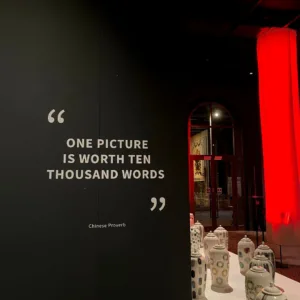
The early, rudimentary studies by artists led to development of expansive studies and resulting theories and to the detailed colour reference schemes used today. Colour wheels, tints and tones enable exploration of colour on a methodical basis enhancing understanding. Colour requires respect and demands methodical approaches. Colour requires investigation and as artist David Hockney said, ‘the teaching of drawing is the teaching of colour’.
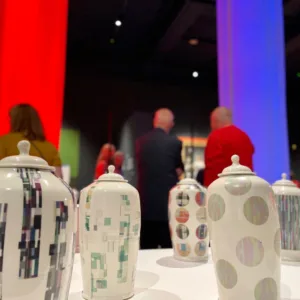
Journey In Colour gallery view
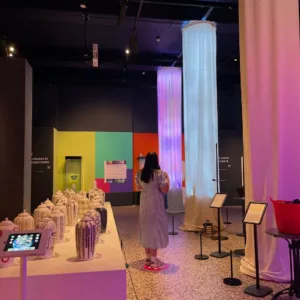
Visitor changing the colours of the light towers
Approach to colour investigation can be varied and far reaching. The colour wheel is frequently central to investigation of colour and within the exhibition Journey In Colour my co-curator, Ye Li, and I (the curators of The Journey In Colour exhibition) have sought to investigate and uncover the colours of many of The Bowes Museum’s glorious works of art. We have marvelled at the work of the creators and the colours chosen by them in making their art. The Bowes Museum afforded to us an extraordinary opportunity to closely inspect the art of its collection which is not an opportunity often enough shared with contemporary artists and curators. We have intentionally disrupted and adjusted the colours chosen by the original artists centuries earlier creating new variants and unexpected differences which we have presented on the hand-crafted vases displayed in the Museum’s temporary exhibition gallery.
As the art critic John Ruskin once said ‘everything that you can see in the world around you presents itself to your eyes only as an arrangement of patches of different colours’.

Curator of Journey In Colour, Dave Bramston
Authors: Dave Bramston, artist, designer and curator of the Journey In Colour exhibition
Read more about the Journey In Colour exhibition and related events, here.
